Gheriat esh-Shergia
Q1812247Gheriat esh-Shergia: modern name of a fortified farm that was part of the Limes Tripolitanus.
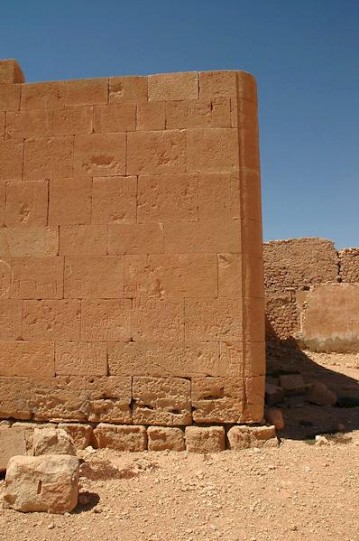
Gheriat esh-Shergia is the modern name of a fortified farm, built by the Romans (who called these constructions centenaria), several kilometers east of the fort at Gheriat el-Garbia. These farms were built according to standard maps and the Gheriat esh-Shergia farm looks a lot like the one at Qasr Banat.
Most centenaria were built after 238, the year in which the Roman emperor Gordian III disbanded the Third Legion Augusta, and the Limes Tripolitanus (the frontier zone south of Sabratha, Oea, and Lepcis Magna) had to be reorganized. The people living over there decided to defend themselves.
The stones show that professional stone sculptors, probably related to the army, were at work. The walls are about six meter high and surround an area of 25 x 40 meters. There can be little doubt that the man who built it, was a former soldier.
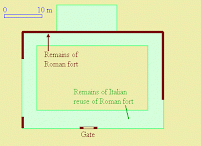
The building remained in use for centuries but was abandoned in the eleventh century, after raids by the Banu Hillal nomads. Because many of the centenaria (which are called qsur by the Arabs) were destroyed, the agricultural production of the region declined, and the size of the population diminished swiftly. As a result, there were not many people who could destroy the ancient buildings, which explains why the Libyan monuments are so well-preserved.
Inside, we can find some of the ancient rooms, which were reused by later occupants like Berbers and Italian soldiers. Because occupation of the site has been continuous, it is very hard to establish for which purposes the rooms were used, because over the ages, they have had different occupiers who used them for different purposes.
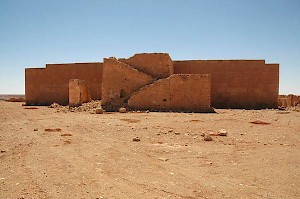
The site commands a cliff along an important road that connected ancient Oea to the land of the Garamantes. Because Oea remained an important town (modern Tripoli) and caravans continued to travel through to Lake Chad and Timbuktu, the site was refortified by the Ottoman rulers. In the canyon below the fort is sufficient water of the cultivation of palm trees.
The centenarium was used as the fort's headquarters. In 1911, the Italians started to take over Libya (one of the Turkish generals who defended the country was Mustafa Kemal, who became famous as Atatürk). The fort was handed over to the new rulers in 1912 and called Fort Bacone.
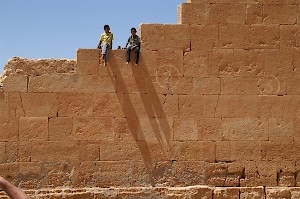
The site has some local importance, because in one of the rooms of the fort, a Muslim saint was buried. There is also a market along the road, which will probably be the first thing you notice when you visit the place, which is 150 km south of modern Mizda. The road to the fort begins about 1¾ km south of it.
Literature
In Graeme Barker e.a., Farming the Desert. The UNESCO Libyan Valleys Archaeological Survey (1996), the fortified farm at Gheriat esh-Shergia is GS1.
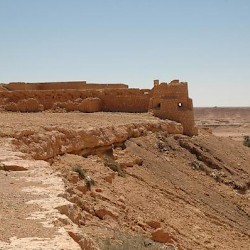 Gheriat esh-Shergia, Fort Bacone |
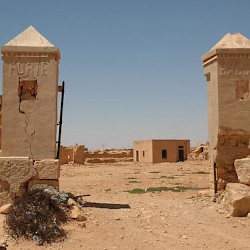 Gheriat esh-Shergia, Fort Bacone, Gate |
 Gheriat esh-Shergia, Italian additions |
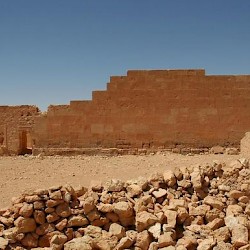 Gheriat esh-Shergia, Roman wall |